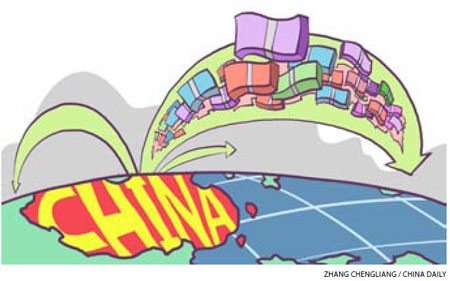
Zhang Jun, Dean, School of Economics, Fudan University
Sep 12, 2017
Over the last decade, China has been working to shift from a manufacturing-led growth model fueled by low-cost labor to an innovation-led, higher-value-added model underpinned by strong productivity gains. Currently, though China is the world’s most populous country and its second-largest economy, and the country’s urbanization rate remains well below the global average.
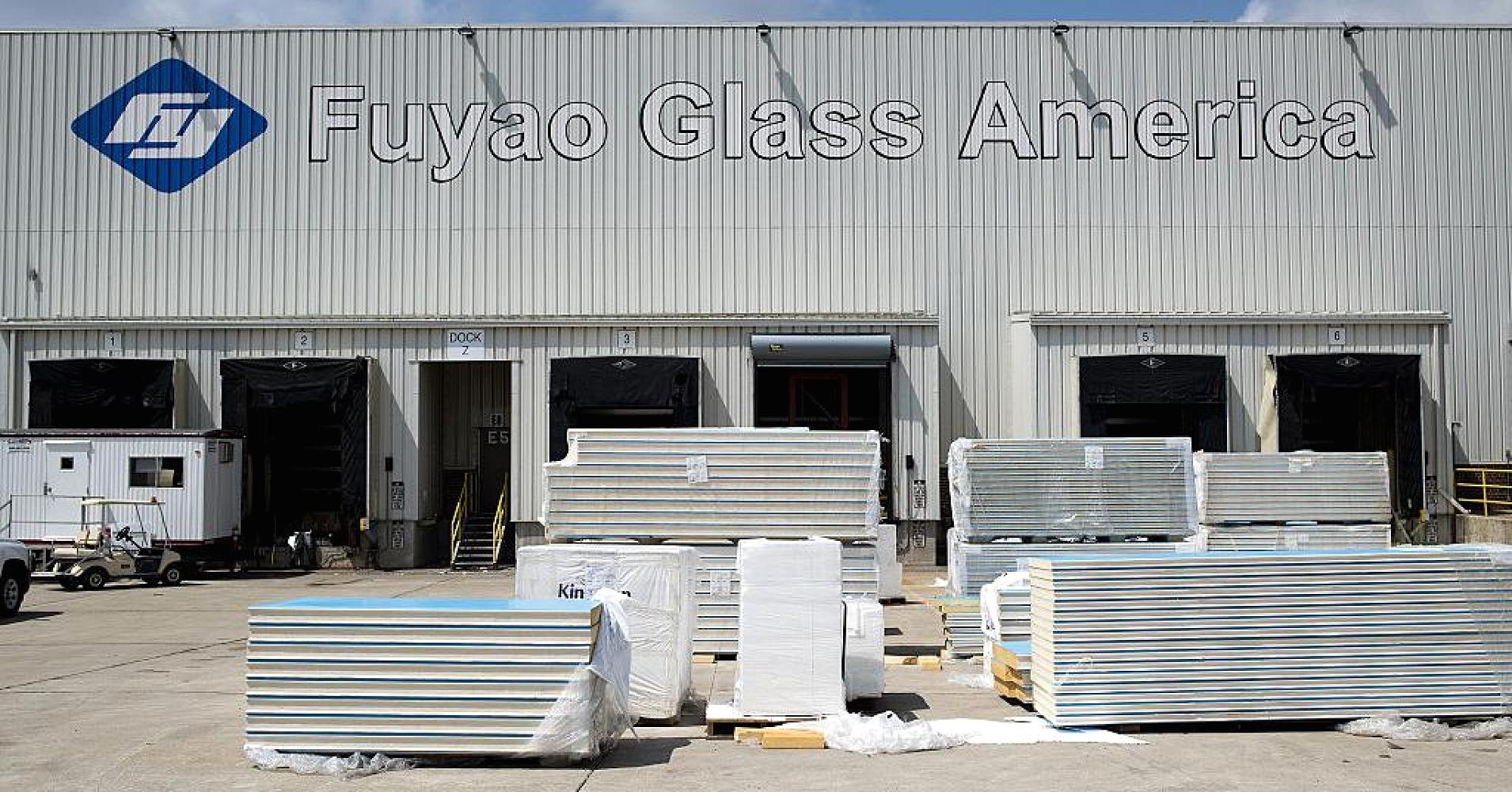
Niu Tiehang, Senior Fellow, CCIEE
Sep 11, 2017
Trump’s proposed corporate tax cuts are undercutting China. China should respond in kind.
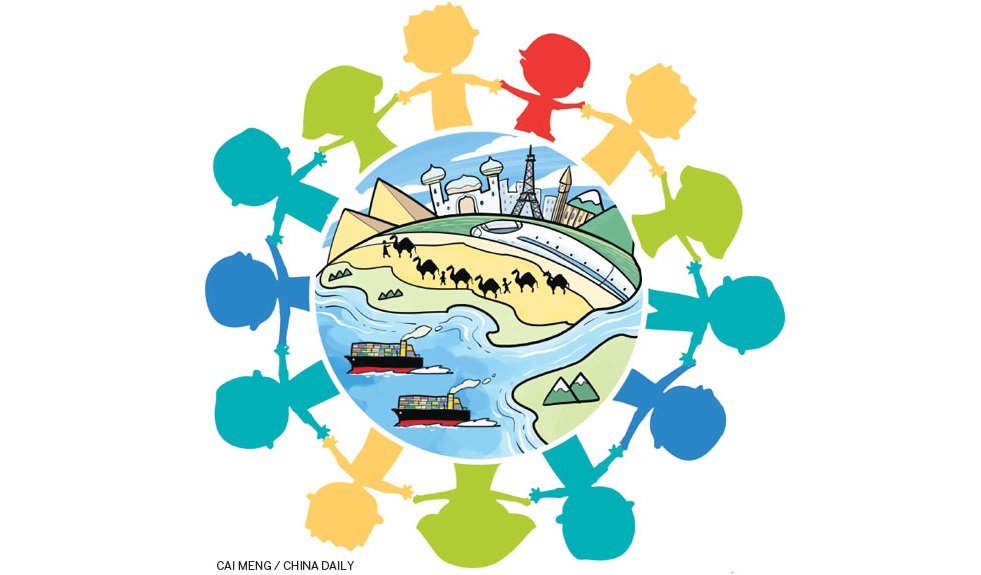
Beth Smits, PhD candidate, Paul H. Nitze School of Advanced International Studies (SAIS), Johns Hopkins University
Sep 08, 2017
China has articulated financial integration as one of the five priority areas for its Belt and Road initiative, and we should not overlook the momentum that this massive project might bring to regional financial integration. Over the past two years, Beijing has elaborated ways in which financial connectivity, new investment opportunities, and regulatory and supervisory cooperation might bring about a greater flow of capital within Belt and Road countries.
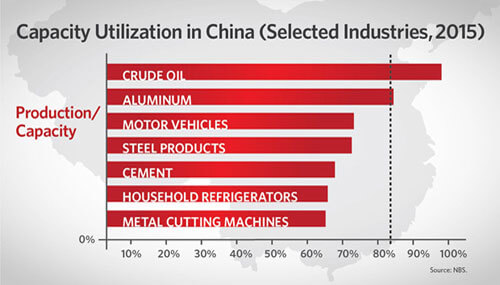
Dominic Ng, Chairman and Chief Executive Officer of East West Bank
Sep 07, 2017
The escalated tensions between the U.S. and China are raising concerns about a potential trade war. In my last editorial, I talked about how our official trade
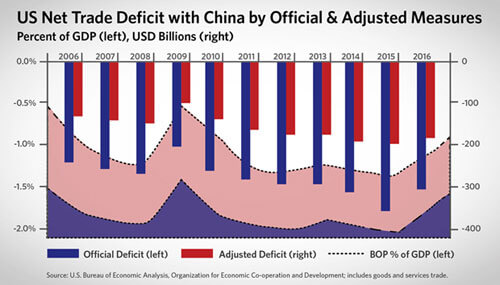
Dominic Ng, Chairman and Chief Executive Officer of East West Bank
Sep 07, 2017
Without doubt, there are problems in the U.S.-China trade relationship. However, the current officially reported U.S.-China trade numbers are grossly inaccurate. It is concerning that world leaders are primarily relying on these misleading trade figures to make major decisions that have the potential to damage economies and create ill will among nations that heavily depend on each other for their prosperity.
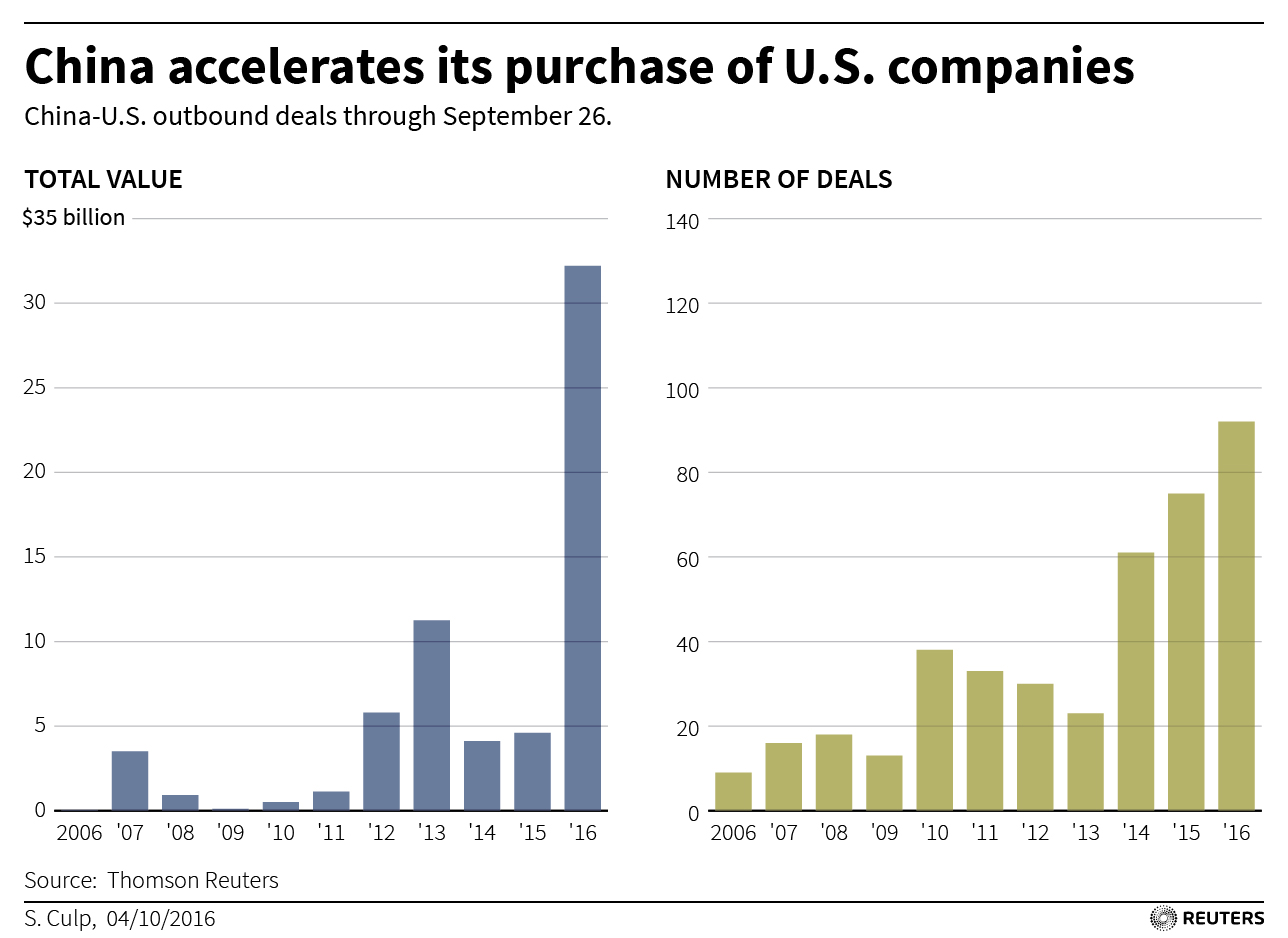
Zhang Monan, Deputy Director of Institute of American and European Studies, CCIEE
Sep 06, 2017
The US government is using national security arguments to justify protectionism against Chinese investors.
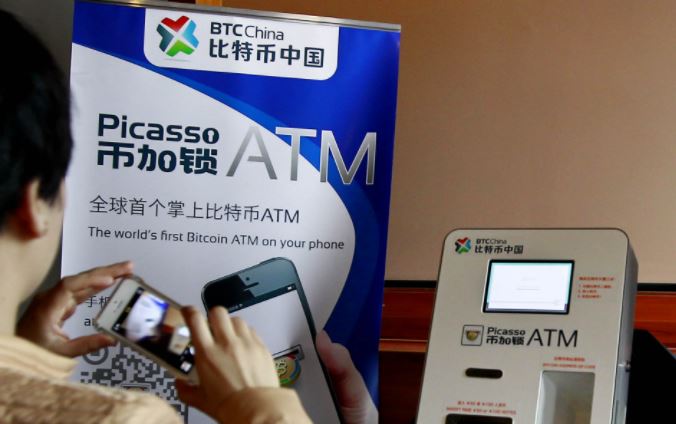
Andrew Sheng, Distinguished Fellow at the Asia Global Institute at the University of Hong Kong
Xiao Geng, Director of Institute of Policy and Practice at Shenzhen Finance Institute, Chinese University of Hong Kong
Sep 05, 2017
Financial markets today are thriving. The Dow Jones industrial average, the S&P 500, and the Nasdaq composite index have all reached record highs lately, with emerging-economy financial markets also performing strongly. But digital currencies could further destabilize an already-tenuous leverage- and liquidity-based system.
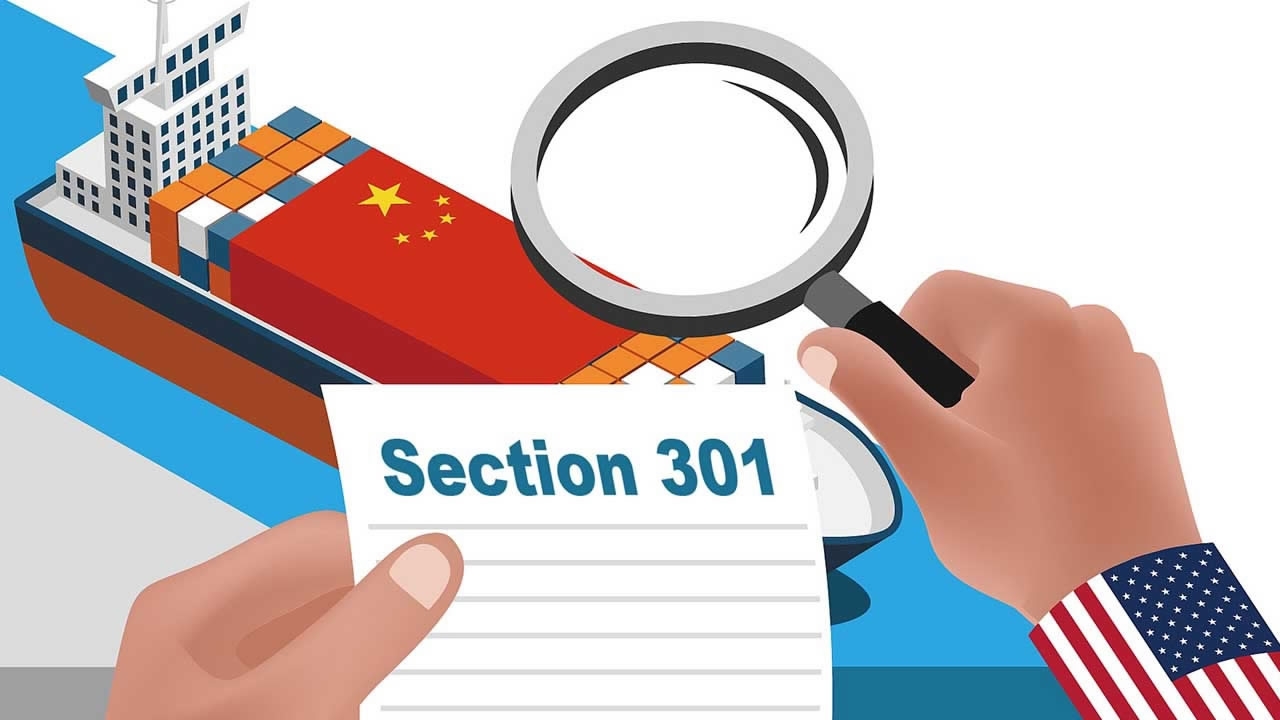
Wu Zhenglong, Senior Research Fellow, China Foundation for International Studies
Sep 05, 2017
President Trump’s decision to launch a Section 301 probe of China looks like a quick fix for the China-US trade imbalance. But the root causes of this imbalance require careful consideration and gradual solutions.
Su Jingxiang, Fellow, China Institutes for Contemporary International Relations
Aug 31, 2017
The WTO is the proper forum for resolving US-China disputes on IP. The alternative is trade war.
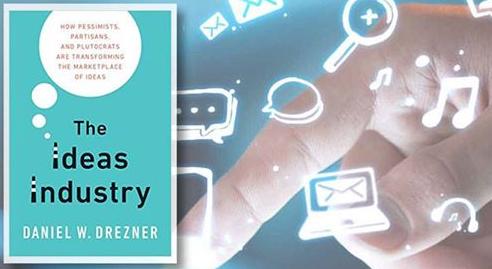
Matt Ferchen, Nonresident Scholar, Carnegie-Tsinghua Center for Global Policy
Aug 29, 2017
Book Review: Daniel W. Drezner The Ideas Industry: How Pessimists, Partisans and Plutocrats are Transforming the Marketplace of Ideas. Oxford University Press, 2017.
Back to Top

- China-US Focus builds trust and understanding between the U.S. and China through open dialogue among thought leaders.
- Our Offerings
- Topics
- Videos
- Podcasts
- Columnists
- Research Reports
- Focus Digest
- Stay Connected
-
Thanks for signing up!
- Get the latest stories from China-US Focus weekly.